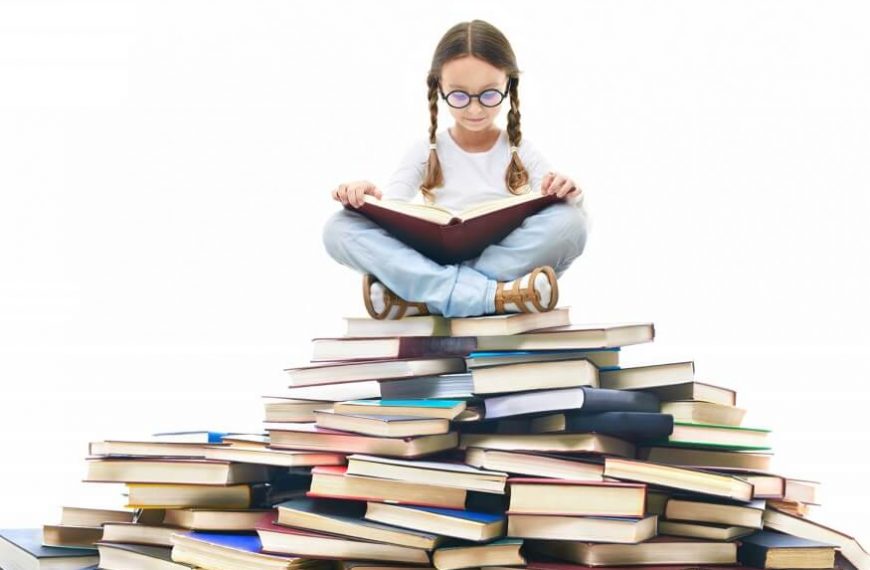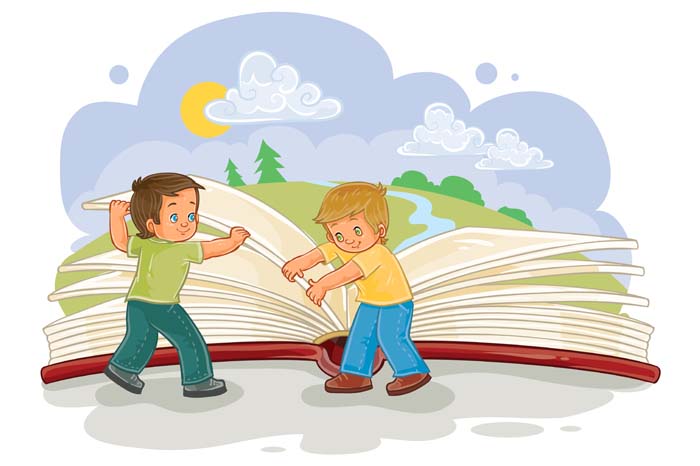Parents often see their kids picking up books, flipping pages and putting them back and wonder if they have reached a stage of reading readiness. Every day you can see your kid showing enthusiasm in exploring reading. But as a parent, one can never be very sure if your child is really ready to begin reading. So let’s get a clear idea about what reading readiness is, the signs your child will show that they are ready and how you can help your child on their reading journey.
What is Reading Readiness
Reading readiness consists of 2 unique parts.
The first part is when your child is ready to start learning how to read and this occurs at a different age for each child.
The second part of reading readiness is the time taken for a child to transform from being a non-reader to a reader.
In short, reading readiness is their journey from learning about books to reading them on their own.
Importance of Reading Readiness
Studies show that children who enjoy reading show better academic results, success and overall development.
- Enhances Cognitive Development
- Boosts Language Skills
- Improves Concentration
- Improves Social Skills
- Physical Development
When a child starts reading, they begin to perceive their world and start developing their thought process, decision making ability and problem solving ability. This boosts language development, attention span, memory and reasoning.
This has a huge effect on the overall personality of the child and studies show that children introduced to reading early developed a strong vocabulary and social skills. They also learn how to distinguish between letters, sounds and shapes.
When reading is made a part of their regular routine, a distinct difference can be seen in children’s behaviour. Their distracted and restless behaviour reduces and they show more concentration and discipline while reading a book.
Children learn to share and take turns while reading. They form an understanding of their role in the world and how the stories they read can be related to them.
Children learn how to support their bodies in the correct posture while reading. It’s also helpful in refining fine motor skills which are used in page turning.
Signs of Reading Readiness
Sometimes overzealous parents may push their children into reading which is not a good idea. The idea is to create a conducive environment where they develop a love for reading at their own time and pace.
- Desire To Read
- Print And Book Awareness
- Interest in Rhyme
- Understand Letter-Sound Correspondence
- Can Retell Stories
- Repeating What You Read To Them
- Reading or Writing Their Name
- Listening Comprehension
Your child will show a visible interest in listening to stories and will ask you to read to them from a book, a poster or sign that they saw. They may make up stories or narrate what happened in school. They may want to take turns while you are reading to them or memorise a part of the book and pretend to read. They will remember parts of the story and repeat them or relate them to their life and often pull you towards a bookstore.
This deals with how much a child knows about written text and books. Your child will learn the proper way to hold a book, how to turn pages from right to left, understand that the book is read from front to back and text moves from left to right and top to bottom while reading. They will notice punctuation marks and that there is space between each word. Your child will also understand that the written text has meaning and they can also use the illustrations to understand sentences in a book.
A child’s phonological skills and their ability to rhyme words are a good indicator of their reading readiness. You can judge their enthusiasm by engaging them with rhymes or rhyming words. If you say the word ‘cat’ they should be able to follow it with ‘bat’ or a similar rhyming word.
Your child should be familiar with the relationship between letters and sounds or letter-sound correspondence. They will begin to understand that written letters have a matching sound, even if they can’t always match them accurately. So if your child is able to recognise upper and lower case letters, knows the alphabet song by heart and can match the letter and their corresponding sound, they are ready to start reading.
When your child is able to talk about events, ask questions about a story you read to them or retell the story in their own words, they are ready for the next step of their reading journey. They might also talk about something their classmate said or summarise a book their teacher read them.
This is very similar to retelling stories and your child will understand how to repeat what you read to them and is great for learning new vocabulary. You can encourage them to repeat short sentences back to you.
For your child, the most exciting reading readiness introduction is learning how to read and write their own name. They will be able to recognise their name when they see it and be able to identify at least a couple letters in their name. All these things demonstrate letter recognition as well as reading readiness.
One of the reading readiness activities for kindergarten is to include read-aloud sessions in their daily schedule. A child with good listening comprehension will ask and answer simple questions, remember specific incidents from the story and enjoy retelling the story in their own words.
Tips For Approaching Reading Readiness
- Encourage Them Without Pressure
- Practise Rhyming
- Read Aloud To Your Child
- Re-read Books Together
- Make it Fun
Let your child steer their own learning journey. It will not happen in a day and each child’s learning curve is different so keeping stress levels low will make reading fun for your child. They need support and encouragement and a word of praise goes a long way in keeping their spirits up.
Rhyming engages your child’s phonological awareness which is an important part of their reading readiness. Studies show that children who are used to singing nursery rhymes find learning to read easier. Combining it with rhythmic hand movements like clapping enhances their reading readiness. When children are familiar with rhyming words like cat-bat or hit-fit, it helps them recognise the pattern while reading.
This is the best possible thing you could do to encourage your child to read by themselves and improve their comprehension. It keeps them engaged and they hear what fluent reading sounds like. The more you read to them, the more motivated they are to learn to do it themselves. It encourages curiosity, independence, confidence and self-reliance.
Re-reading books forms a deeper connection between your child and reading and they feel a sense of ownership over a book. Also, re-reading helps with the mechanics of reading. They will memorise parts of the story and pretend to read it to you which helps with their vocabulary and boosts their confidence. It’s a good idea to set a routine for reading books together as it encourages a love for books.
The right reading readiness approach is that the more fun you make the reading activity, the better will be the learning. Using funny voice-overs or actions for characters are fun and will also boost reading readiness.
Though there’s no right way to teach reading, there are a few basic guidelines you should adhere to so that your kid savours the joy of reading. For more updates on understanding reading readiness and its significance, you can touch base with the EuroKids website for the latest updates.














